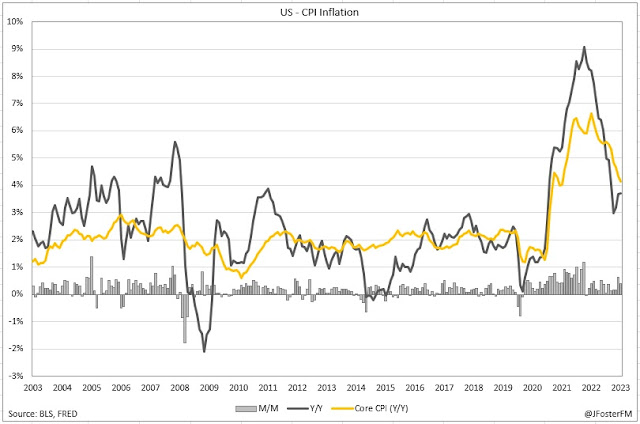Australian dwelling approvals fell by 4.6% in September, declining for the third time in the past 4 months. Quarterly approvals fell below 40k to be in line with decade lows. Higher interest rates and other headwinds are continuing to impact the home-building sector, despite rapid population growth generating strong demand.
Headline dwelling approvals declined by 4.6% month-on-month in September (13.1k), defying expectations for a 2.5% rise and partially handing back the 8.1% increase from August. Both major segments posted declines this month: houses -4% and units -5.8%, unable to press on from sizeable increases last month (houses 7.5% and units 9.2%).
Quarterly approvals eased back to 37.1k (-4.2%q/q), the second lowest total in the past 10 years and down more than a third on the cycle high in Q2 2021 (60.6k). This was driven by a 16.1%q/q fall in unit approvals to 14k, a total slightly below the depths seen during the pandemic in 2020 amid closed borders. By contrast, house approvals lifted by 3.8%q/q to 25.7k but are only just above cycle lows.
Drilling down further, approvals are at low levels across all dwelling types. Weakness in the high-rise segment was notable in the September quarter and was behind the fall in unit approvals.
By value, alteration approvals returned to record highs in quarterly terms ($3.2bn). This is in line with the levels seen during the pandemic when alterations surged, with construction subsidies and low interest rates in effect. The renewed strength partially reflects cost increases; however, there may be a demand component as well. The negativity that has been associated with home building of late due to delays and insolvencies (among other things) may be seeing many people opting to renovate instead. The effect of higher interest rates might also be supporting renovations to the extent that reduced borrowing capacity is weighing on upgrading activity.
At the state level, Victoria - despite approvals declining 8.9% in September - saw the strongest outturn of all states in the quarter with approvals lifting by 13.5%. Western Australia (6.1%) and Tasmania (10%) also saw approvals rise over the quarter. In New South Wales, approvals contracted very sharply (-25.7%), which was centered in the high-rise segment. Approvals in Queensland (-1.4%) and South Australia (-10%) fell in Q3.





















































